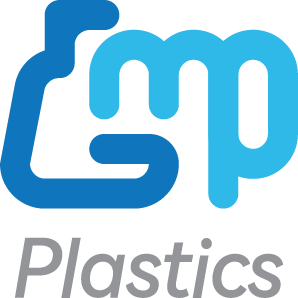Choosing the appropriate cell culture plastics is crucial for successfully cultivating mammalian cells. The selection impacts cell adhesion, proliferation, and overall experimental outcomes. This comprehensive guide explores various cell culture plastics, their surface treatments, and key considerations to help inform your laboratory decisions.
Understanding Cell Culture Plastics
Cell culture plastics are primarily made from polystyrene due to its optical clarity, ease of manufacturing, and cost-effectiveness. However, untreated polystyrene surfaces are hydrophobic, which can hinder cell attachment—a critical factor for anchorage-dependent mammalian cells. To improve adhesion, polystyrene surfaces undergo various treatments to introduce hydrophilic functional groups, enhancing their suitability for cell culture applications.
Surface Treatments for Enhanced Cell Adhesion
Several surface modification techniques have been developed to promote cell attachment and growth:
-
Plasma Treatment: This process modifies the polystyrene surface by introducing hydrophilic functional groups, improving wettability and enhancing cell adhesion. Plasma-treated polystyrene, often referred to as tissue culture plastic (TCP), is widely used for cultivating diverse mammalian cell lines.
-
Extracellular Matrix (ECM) Coatings: Coatings such as collagen or poly-D-lysine simulate the natural cell environment, making them ideal for primary or sensitive cells that may not adhere well to standard TCP surfaces.
-
Specialized Surface Treatments: Some advanced surface modifications further enhance cell adhesion across a wide range of cell types. These modifications are carefully tested to ensure consistent cell growth and plating efficiency.
Emerging Bioplastics in Cell Culture
With increasing environmental concerns, biodegradable plastics like polylactic acid (PLA) are being explored as sustainable alternatives for cell culture applications. PLA is biocompatible and has already been used in medical applications such as drug carriers and tissue engineering scaffolds. Its biodegradable nature and biological compatibility make it a promising option for laboratory consumables, potentially reducing the environmental impact of cell culture practices.
Factors to Consider When Choosing Cell Culture Plastics
When selecting cell culture plastics for mammalian cell growth, consider the following factors:
-
Cell Type: Different cell lines have unique adhesion requirements. While many established cell lines thrive on standard TCP, primary cells or stem cells may require specialized coatings or surface treatments for optimal growth.
-
Surface Treatment: Ensure that the surface modification aligns with your experimental needs. For instance, ECM coatings are particularly beneficial for enhancing the attachment and function of sensitive cell types.
-
Sterility and Quality Control: It is essential to use sterile plastics that have undergone rigorous quality control to prevent contamination and ensure reproducibility.
-
Environmental Impact: Sustainability is a growing concern. Biodegradable options such as PLA present an eco-friendly alternative to traditional plastics, aligning with green laboratory initiatives.
-
Compatibility with Detection Methods: The plasticware must be compatible with analytical techniques like fluorescence or absorbance measurements to avoid interference with experimental results.





